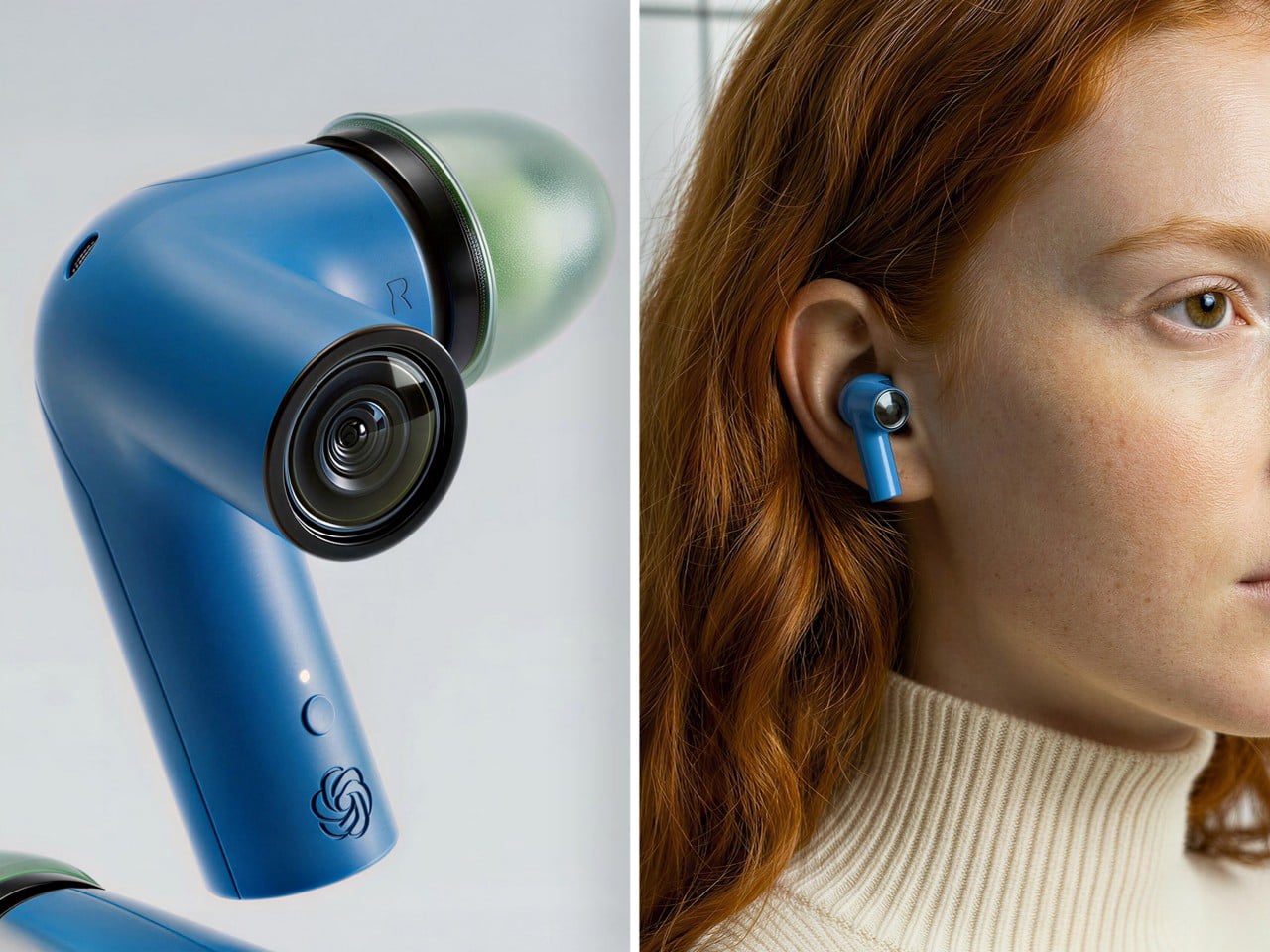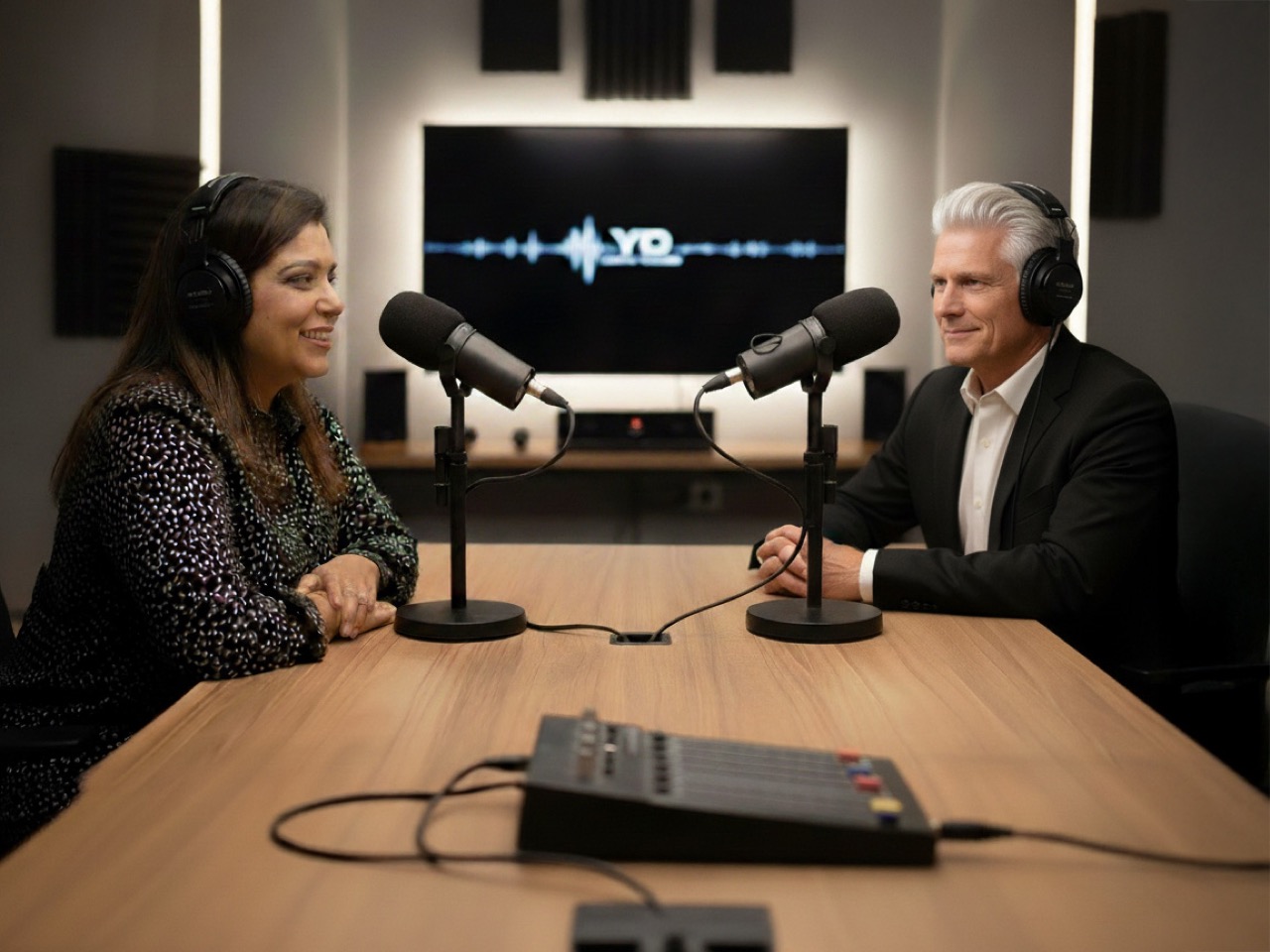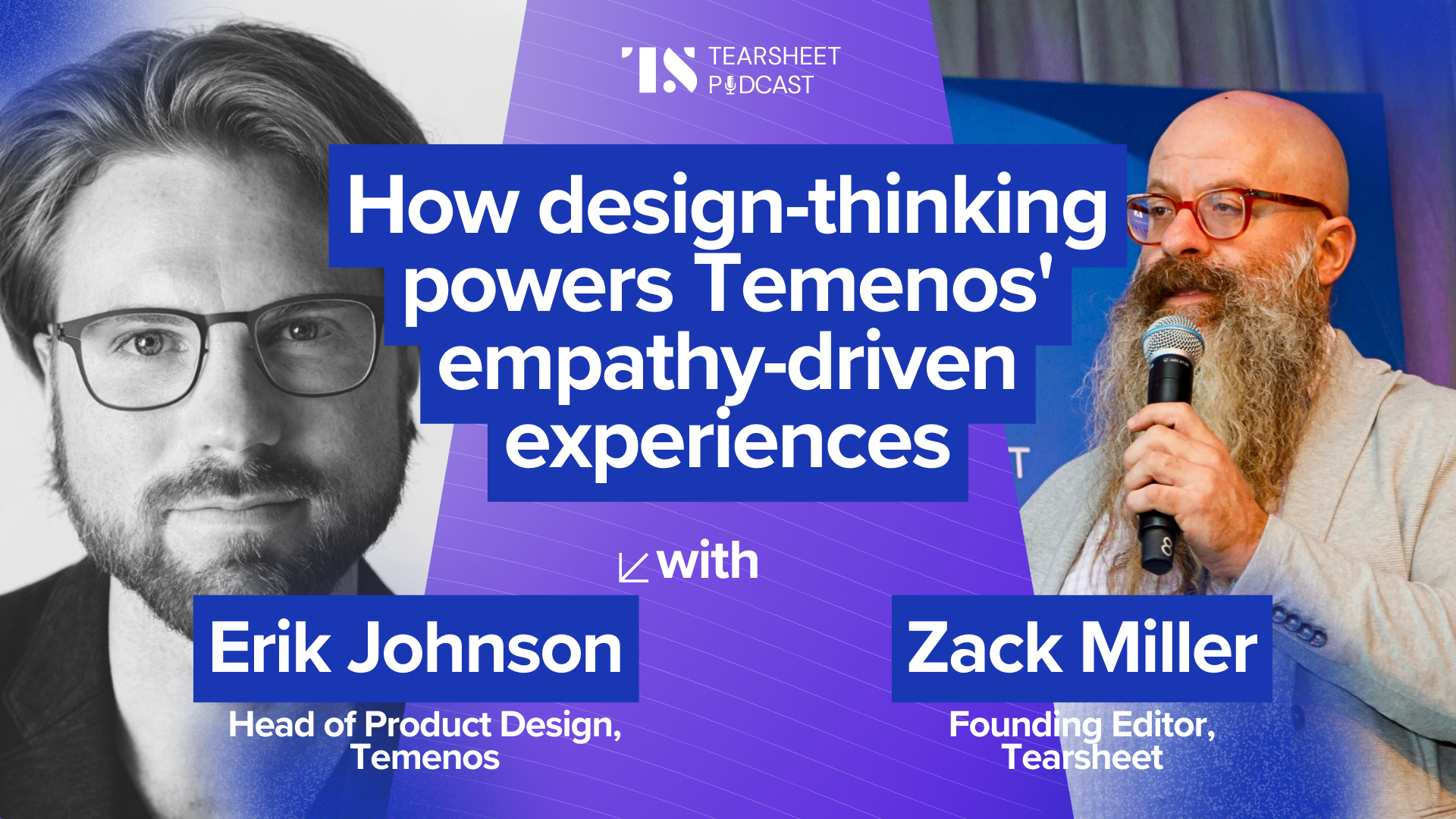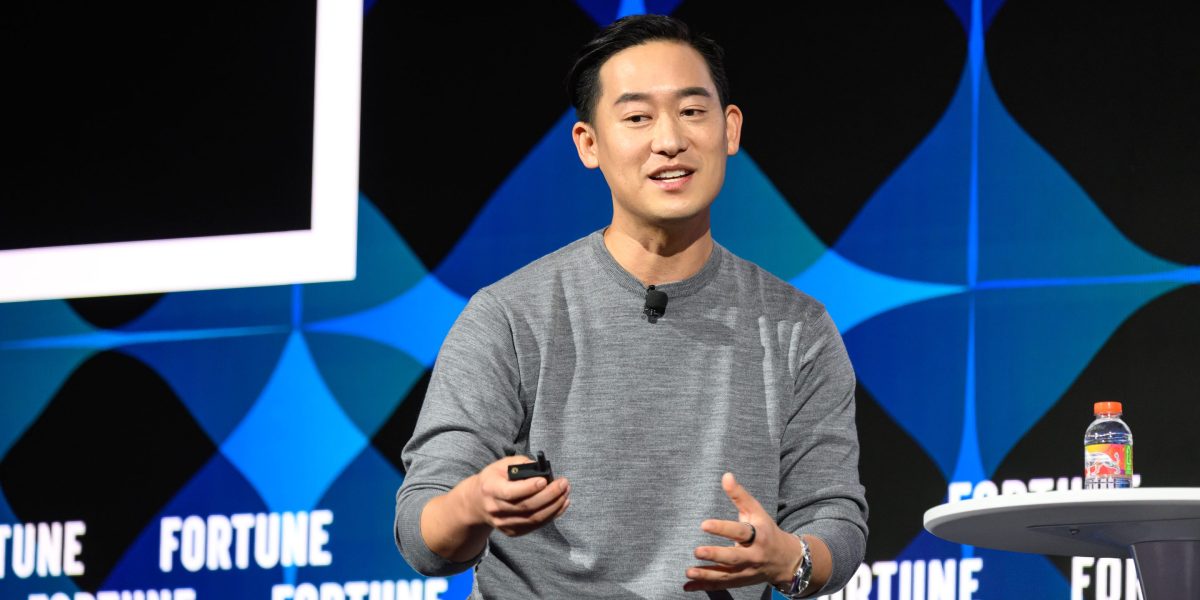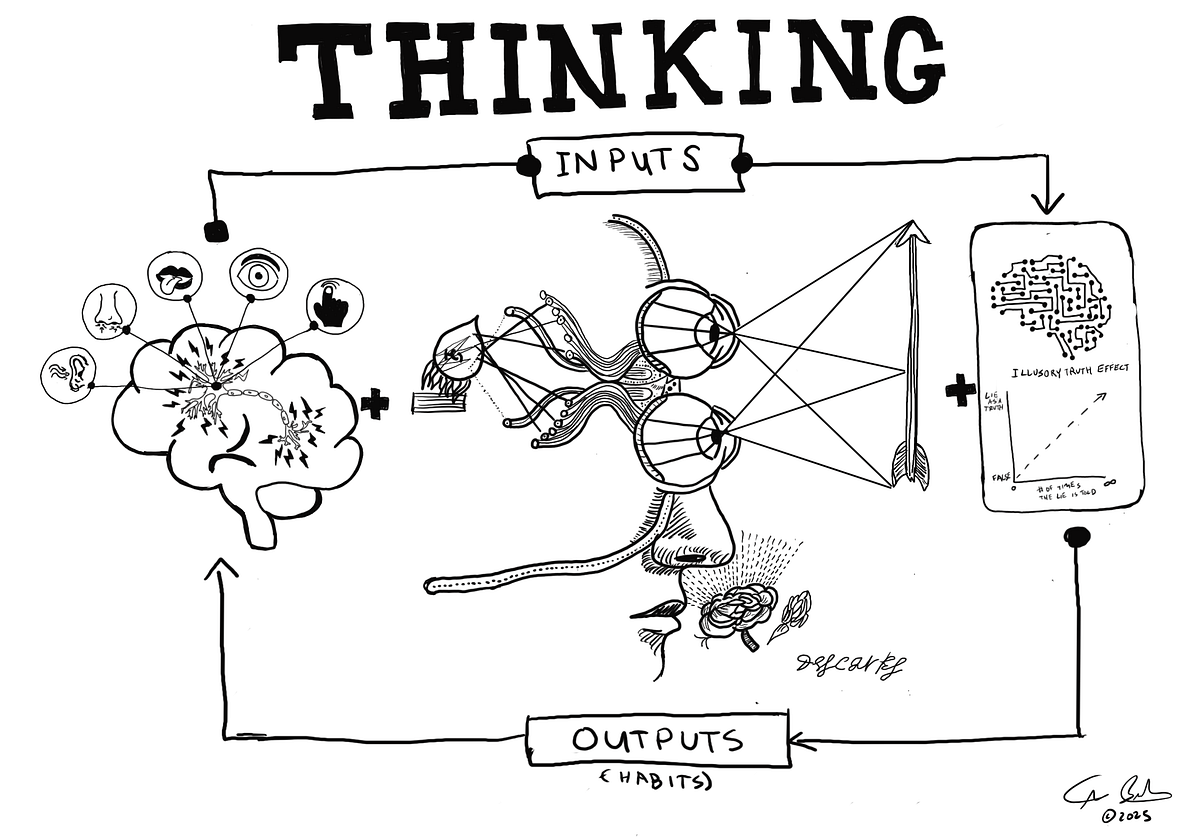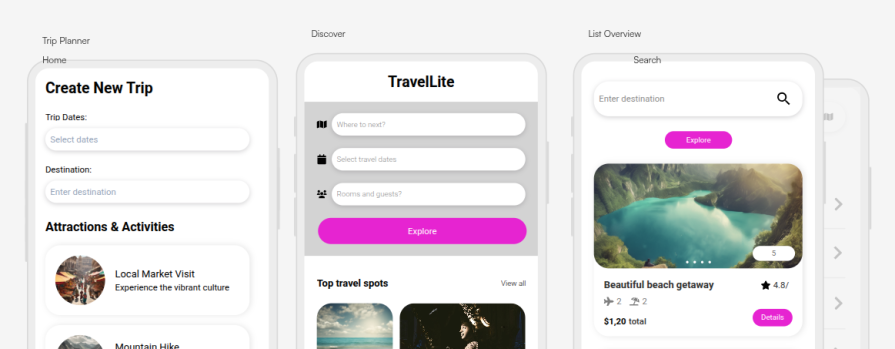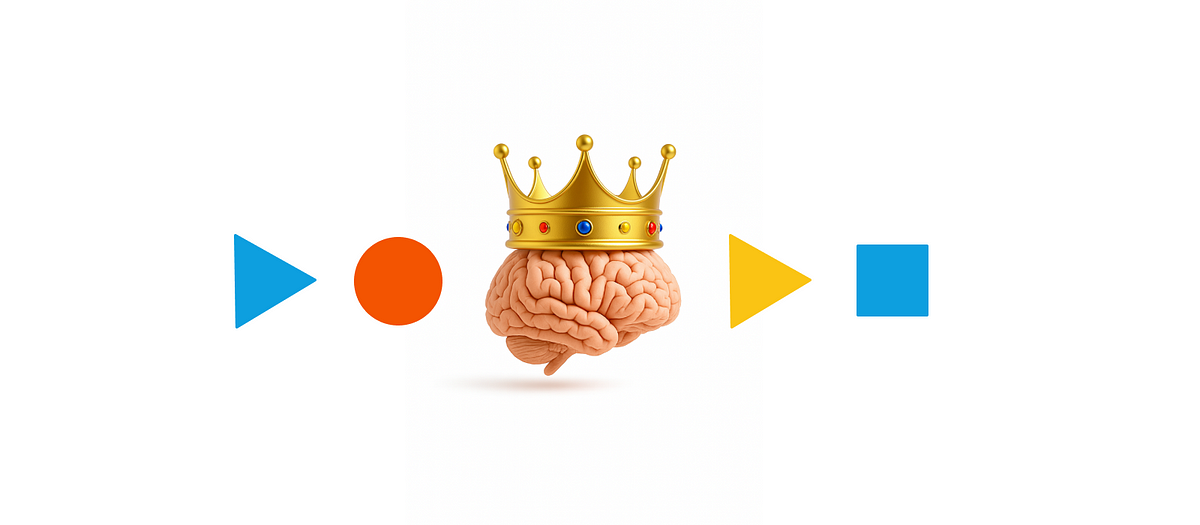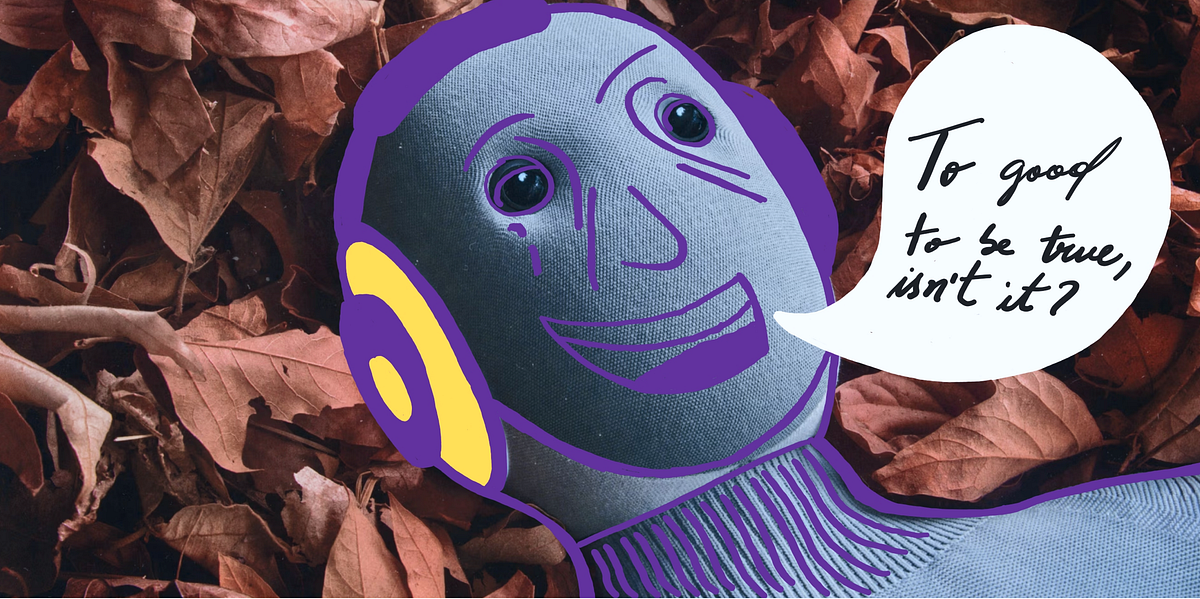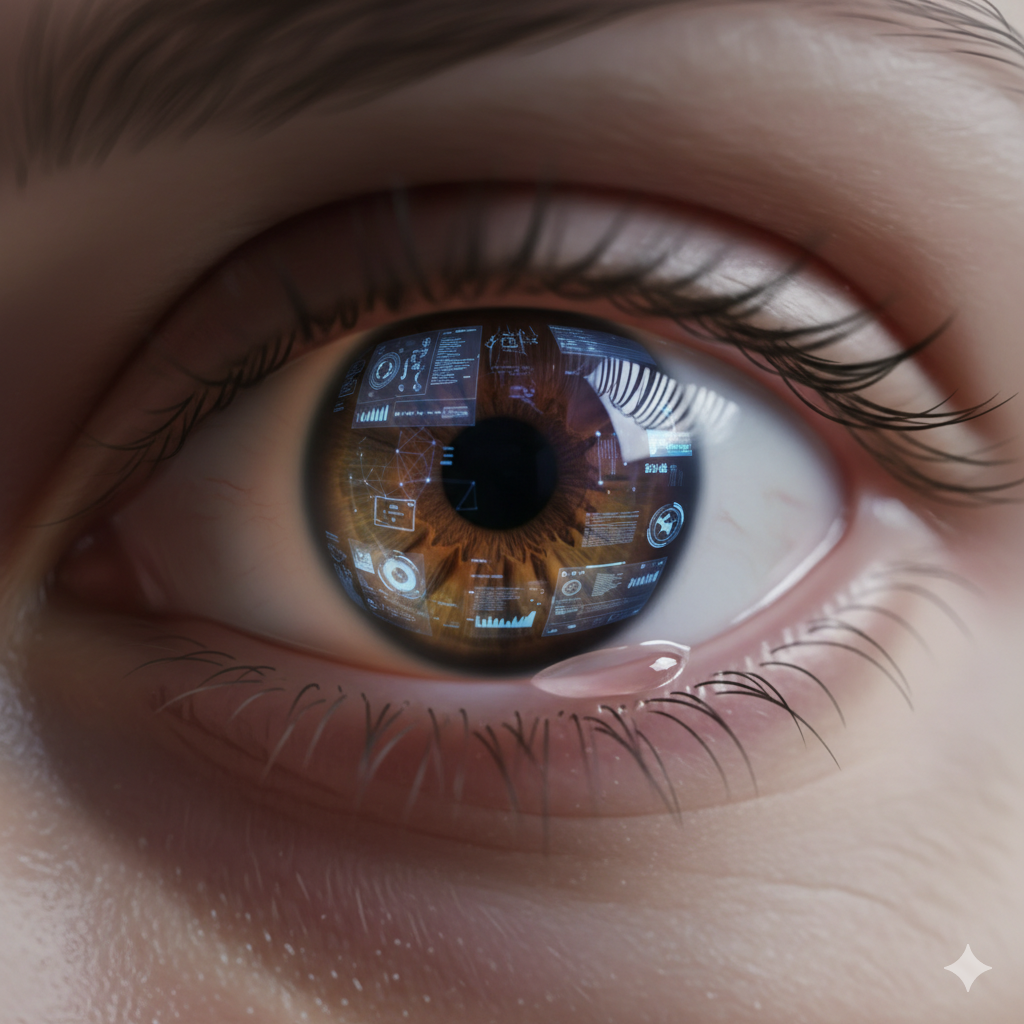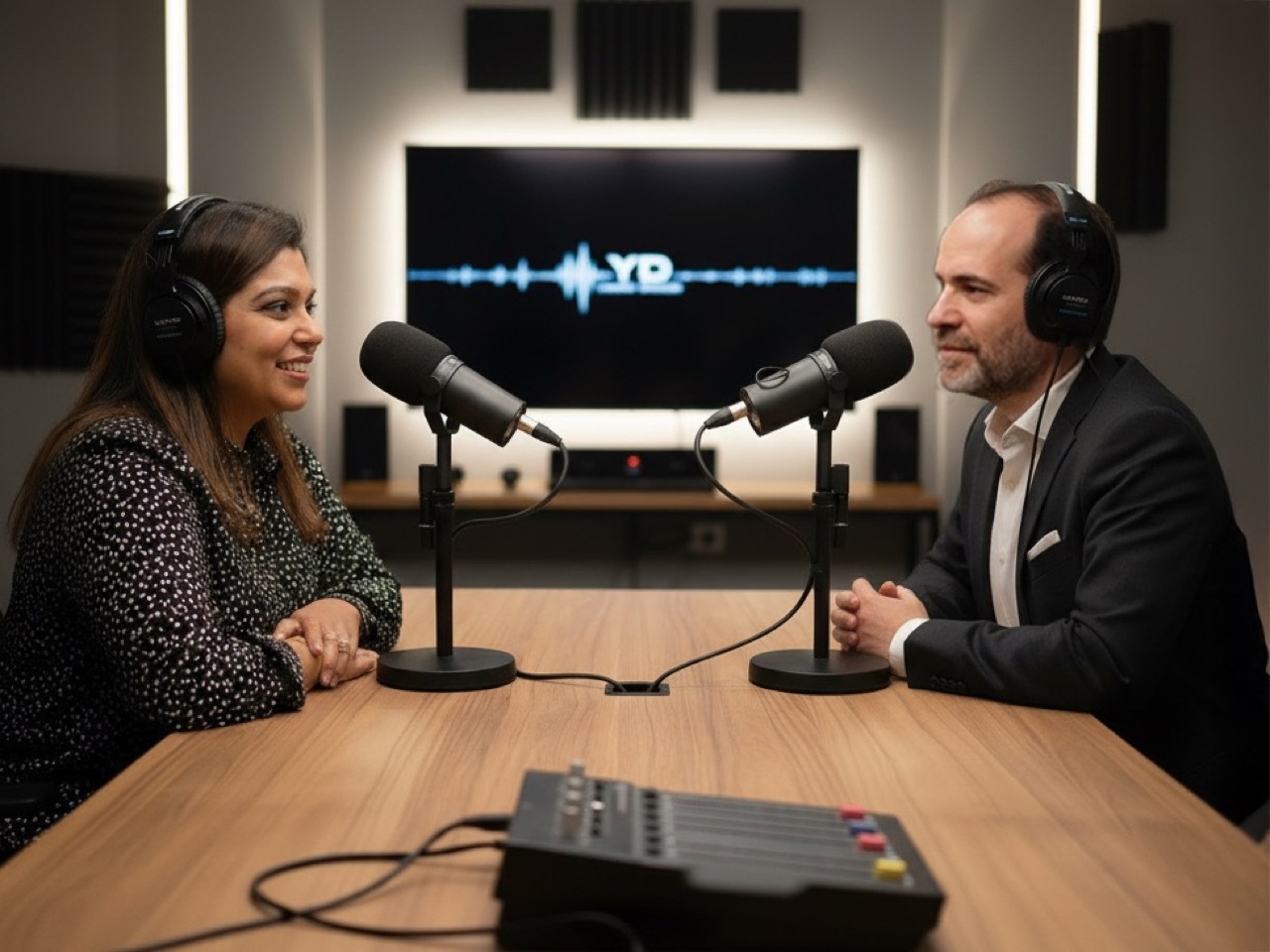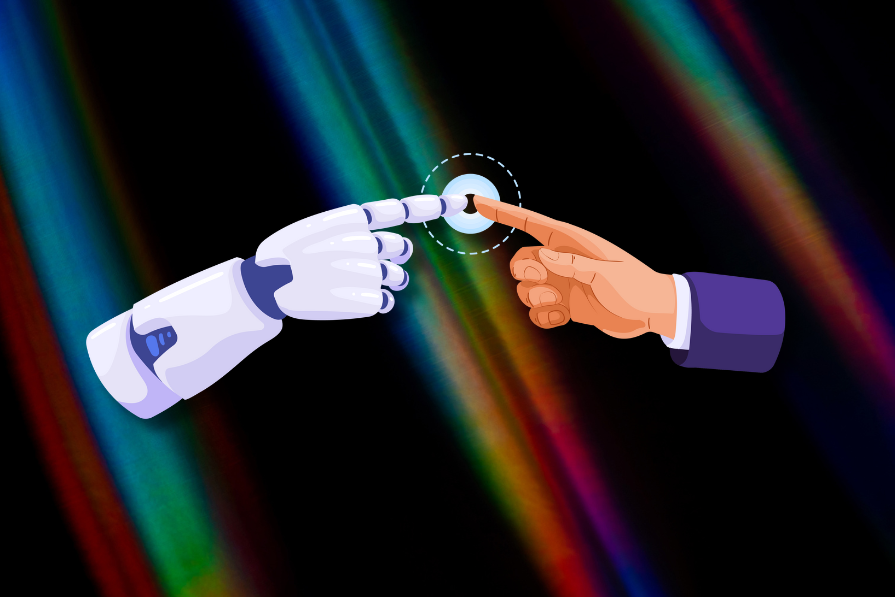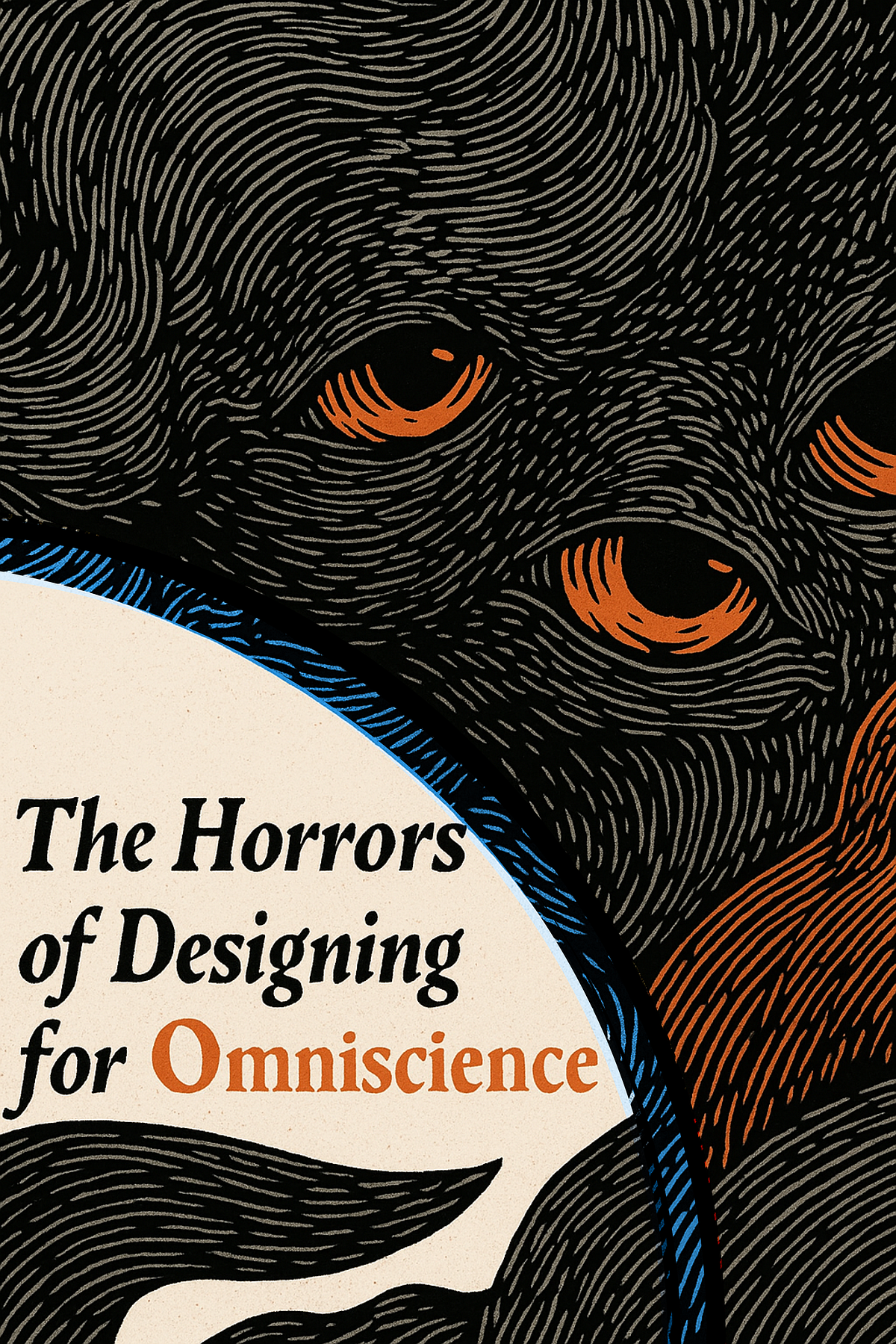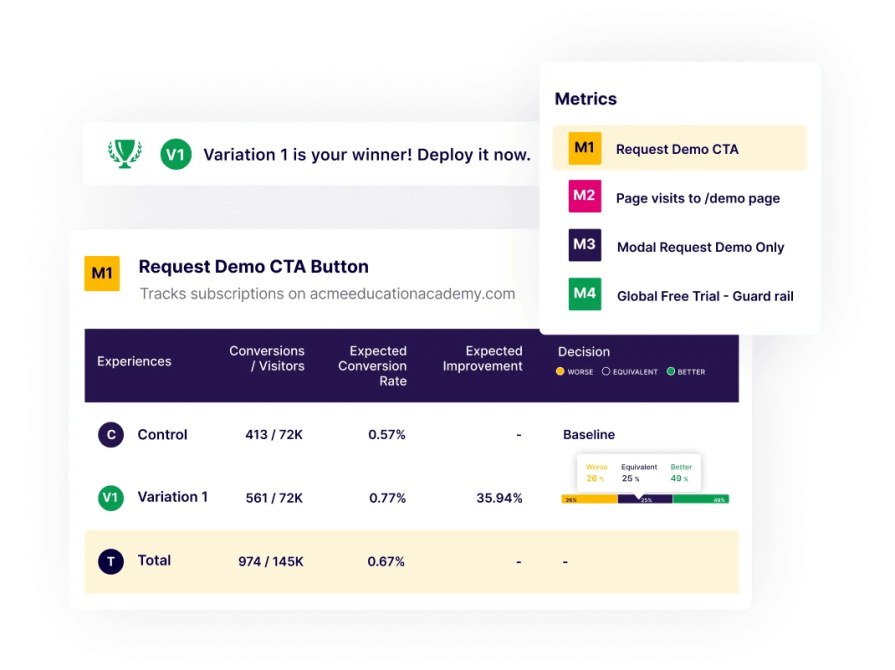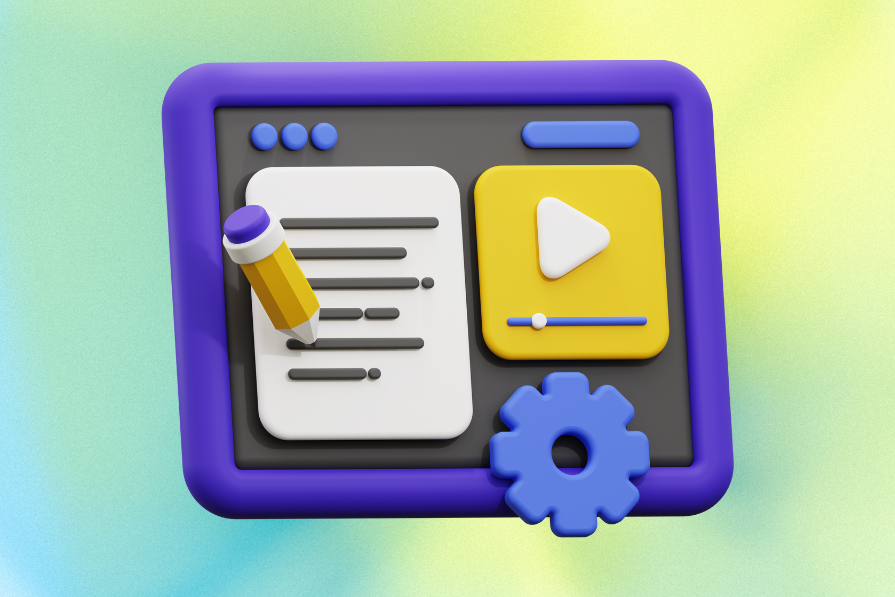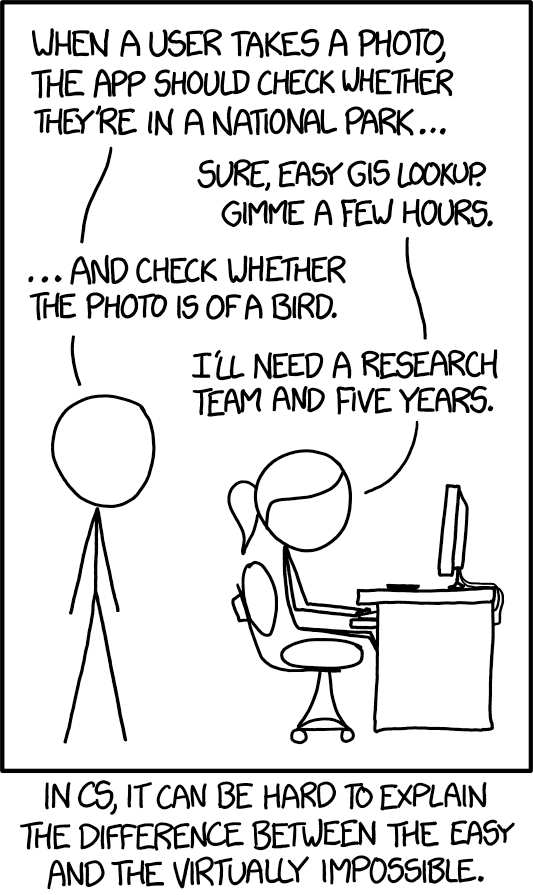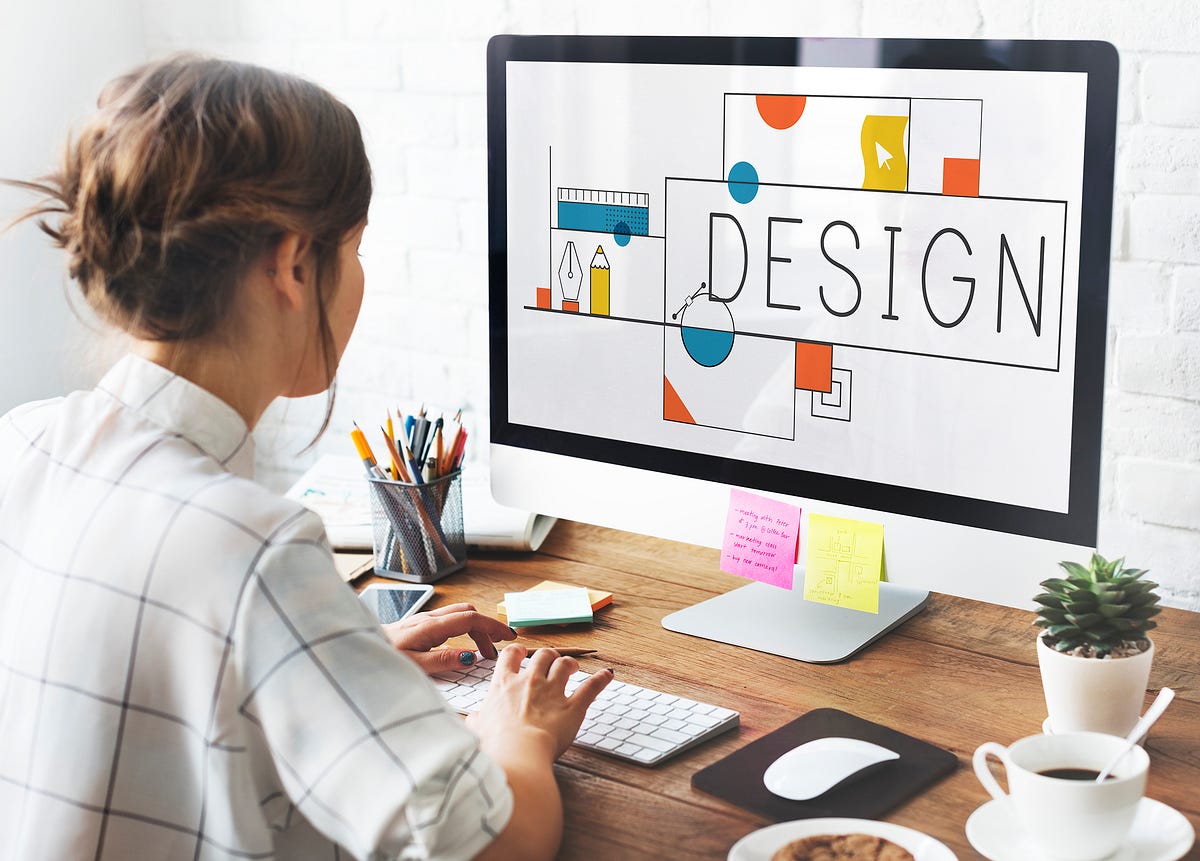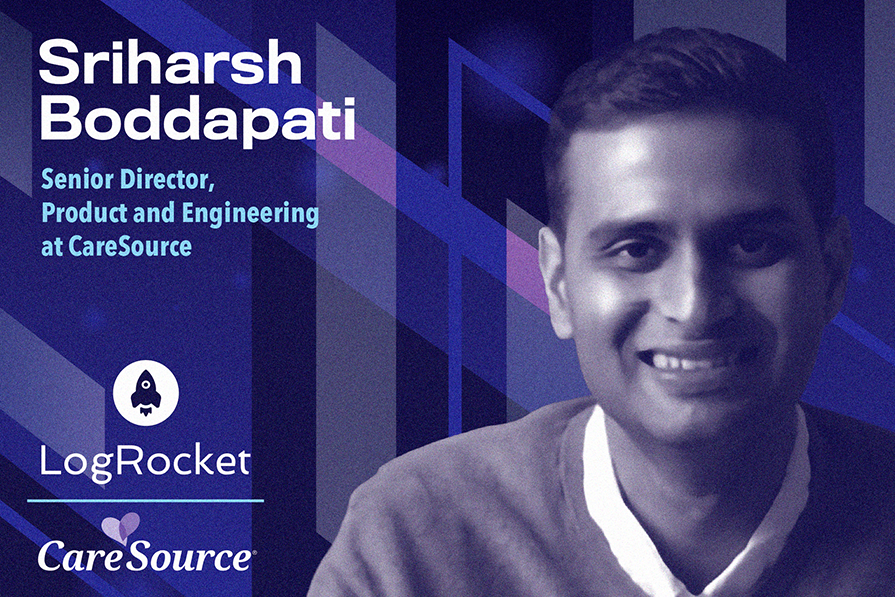#human-centered-design
#human-centered-design
[ follow ]
#accessibility #user-experience #product-design #ethics-in-tech #ux-design #product-development #education #ethics
fromHubspot
6 days agoBuilding systems of trust in the age of AI while staying human at heart
When I joined HubSpot, I stepped into a rare position. I had already spent years as a customer, learning how to build systems creatively with the tools I had access to. Then, I joined the company with the responsibility of modernizing a long-standing customer reference system that had served many teams well but was now struggling to meet new expectations, complexity, and scale.
Marketing
fromdesignboom | architecture & design magazine
1 week agotanween impacts regional dialogue by being 'designed for the community, by the community'
This year (2025), Tanween designs the unspoken. It could be environmental, social, cultural, or educational - but it always returns design to humanity. We focus on the actual needs of people across many disciplines. That is the real role of Tanween: to experiment, to inspire each other, to support each other, and to develop ideas with ambition. Each edition builds a thematic path in the design process, allowing designers to explore what truly matters,
Design
fromMedium
2 weeks agoThought-shaped UI, sigma () shaped designers, Figma's new DS features
we're about to jump into a new era of technology - meaning different values, expectations, and powers - and we need to choose what it looks like.*1 The transition itself is unavoidable, but the details are up to us. Today we must choose between a) a future where our software environment has a thought-shaped interface on top of all the old kludge, or b) a future where software is built from the ground up to represent our thoughts, not twist or control them.
UX design
fromWIRED
2 weeks agoIt's Time to Save Silicon Valley From Itself
Today, Komoroske and a loose group of concerned technologists are releasing The Resonant Computing Manifesto, an idealistic set of principles that attempts to recenter Silicon Valley around the values that have been lost in the scramble to hyperscale and maximize shareholder value. Komoroske and his coauthors are inviting anyone who, um, resonates with this jeremiad to sign it and proselytize those values in the products they create.
Silicon Valley
Canada news
fromBusiness Matters
3 weeks agoAn Interview with Jonathan Haber, Montreal Tech Strategist and Startup Leader
Jonathan Haber helps early-stage Montreal startups build human-centered "soft-tech" tools that improve collaboration, communication, and operations through listening, mentorship, and steady strategic leadership.
Design
fromdesignboom | architecture & design magazine
1 month agoastronaut's amulet: a pocket-sized capsule for keepsakes and memories in zero gravity
A pocket-sized amulet protects and reveals personal keepsakes in microgravity using a spin-release unlocking mechanism and magnifying lenses to display engraved images.
Design
fromYanko Design - Modern Industrial Design News
1 month agoThe Future of Retail Fits in This 3D-Printed Suitcase - Yanko Design
Future retail centers human experience through adaptive, 3D-printed, sculptural spaces that prioritize community, connection, and evolving interactions over product-centered design.
fromFast Company
1 month agoAdam Grant on lessons from the pandemic, datum versus data, and how abstract numbers can lead to very real human outcomes
In an era when we are all talking about AI, the climate crisis, surveillance and privacy, and how technology shapes our choices, we wanted to reframe data not as something cold or distant, but as something deeply personal: a tool we (as human beings) can wield to understand ourselves and the world better. The book explores what we call Data Humanism, an approach that brings context, nuance, narrative, and imperfection back to the center of how we collect, design, and communicate data.
Books
Design
fromYanko Design - Modern Industrial Design News
1 month ago5 Architectural Designs That Redefined Our Expectations In 2025 - Yanko Design
Great architecture solves human needs intelligently, using creativity and purposeful innovation to transform ordinary activities into meaningful, lasting experiences.
fromeLearning Industry
1 month agoeLearning For The Global Audience: Essential Tips For Developing Multilingual eLearning Projects [eBook Launch]
As an eLearning vendor, one of the primary aims is to develop eLearning experiences that are relevant and meaningful for every member of your audience. But how do you design L&D for the global audience that's available in diverse formats, and which questions should you ask to determine the ideal development stages for your project? This guide serves as a step-by-step roadmap for creating an action plan, defining stakeholders, setting clear goals, and more.
Education
fromYanko Design - Modern Industrial Design News
1 month agonubo Smart Office Robot Streamlines Printing and Document Delivery - Yanko Design
The nubo office robot concept reimagines the workplace with a friendly autonomous bot that handles repetitive tasks so employees can focus on creative and strategic thinking. With its approachable design, intuitive touchscreen interface, and ability to navigate office environments independently, nubo promises to make workplace efficiency feel natural and effortless for everyone. Designer: Junhyuk Lim Nubo's compact, soft-edged form is designed specifically to blend into modern office environments without feeling cold, industrial, or intimidating to staff members.
Gadgets
fromYanko Design - Modern Industrial Design News
2 months agoTop 10 Most Daring Concepts That Will Reshape How We Live: Red Dot Design Concept 2025 Winners - Yanko Design
Design concepts live in that fascinating space between "what if" and "why not," where the constraints of manufacturing budgets and market research haven't yet trimmed away the boldest ideas. While finished products get the spotlight and the sales figures, concepts represent design thinking at its most uninhibited, tackling problems we didn't even know we had and proposing solutions that make us wonder why nobody thought of this sooner.
Graphic design
fromSuff Syed
2 months agoDesigners Have to Move from the Surface to the Substrate - Suff Syed
For most of computing history, designers have been the authors of the visible world. They shaped the screens we tap, the icons we recognize, the patterns we repeat until they feel second nature. From Xerox PARC to Apple's Human Interface Guidelines, nearly every interface worth designing has already been designed. The metaphors of interaction: the desktop, folders, windows, menu, tap, swipe, are now complete, endlessly iterated but rarely reinvented.
Design
fromCreative Bloq
2 months ago'It doesn't matter how good AI is if your idea is terrible,' Jonas Hegi on using AI for Nike, Apple and more
The conversation about AI and creativity isn't going anywhere, and it was front and centre at Frontify's recent Paradigms conference in Morocco. Jonas Hegi, co-founder and executive creative director of Builders Club, leads one of the most forward-thinking creative studios operating today, blending film, design, and emerging technology for clients like Apple, Nike, OpenAI, and Beats. At Paradigms, Jonas' talk explored what it means to stay experimental, human and craft-driven in a future increasingly shaped by machines.
Artificial intelligence
Design
fromYanko Design - Modern Industrial Design News
2 months ago10 Best Architectural Designs Of October 2025 - Yanko Design
2025 architecture balances innovation with nature, sustainability, and human-centered design through site-responsive materials, compact living solutions, and accessible housing strategies.
fromTechRadar
2 months ago"Our work is never done" - Logitech CEO on the trends shaping the future of work, and how hardware can be "the eyes, the ears and the hands of AI"
With hybrid work now a common policy for organizations across the world, more focus is being put on the companies providing the tools to ensure workers stay productive, wherever they are. Speaking at the company's Logi Work event in London, Hanneke Faber outlined its aim of supporting, "the future of work - working smarter, living better, growing faster." Part of this is through the latest products, including its
Gadgets
Design
fromArchDaily
2 months agoThe 5th Seoul Biennale of Architecture and Urbanism Opens With Thomas Heatherwick as General Director
Cities can be redesigned to prioritize human-centered, inclusive, and enduring urban environments through collaborative architecture, civic engagement, and inventive public installations.
Design
fromYanko Design - Modern Industrial Design News
2 months agoPortable UV water sterilizer brings clean, drinking water to those who need it - Yanko Design
Solar‑powered cap‑type LADIS Lamp provides rapid UV‑LED sterilization for standard water bottles, enabling portable, durable off‑grid disinfection and improved access to safe drinking water.
fromMedium
3 months agoHumanist IT: getting unstuck
The short version: IT is broken. It's not working, to the point where people are ready to give it up, just like they would a mangled hammer. I think the brokenness is rooted in a lack of humanism: it doesn't work for people; it uses people towards the builders' ends. It's also more complicated than that, which I parse through while also giving a clue about how to get out of being stuck.
Artificial intelligence
Public health
fromLondon Business News | Londonlovesbusiness.com
3 months agoFrom vision to action: Aishani Gupta's approach to change - London Business News | Londonlovesbusiness.com
Organizational transformation succeeds when strategy centers people, trust, and emotional barriers, designing solutions that let individuals see themselves in the change.
fromwww.archdaily.com
3 months agoShenzhen Guangming International Equestrian Center / Tanghua Architects
In the past, sports and cultural facilities in China were often designed with iconic, exaggerated forms. However, recent trends have shifted towards focusing on the experience of the site and its connection to the surrounding urban environment. The Shekou Cultural and Sports Park proposal responds to this human-centered era, emphasizing public engagement, accessibility, and a blend of indoor and outdoor spaces, while maintaining a strong sense of place.
Design
fromFast Company
3 months agoWe asked government workers about AI
In the public sector, the stakes are high: If an agency's technology fails, real people don't get the health services they need, disaster recovery efforts get delayed, and communities lose access to services they rely on. But we also know the right technology can empower public servants to have a bigger impact. Fast forward three years, and AI is everywhere. Chatbots abound and AI widgets appear in new applications daily.
US politics
Artificial intelligence
fromFortune
3 months agoForget smart homes: The final frontier is an AI-powered home that can take care of you
AI-powered homes must be purpose-built for aging, solo living, safety, and designed with interoperability, privacy, and human-centered design to become essential infrastructure.
fromCreative Bloq
3 months agoIs AI really coming for interior designers?
Designers need to lead with their human strengths. AI tools can generate design renderings, but it's the designers who make the final decisions, refinements, and bring them to life in the real world. There's this widespread misconception that AI will replace people in most creative work. That simply isn't true. Humans still need to be kept in the loop. No technology will ever replace a well-trained designer who empathises with how people want to live and move within a space
Design
UX design
fromFortune
4 months agoI'm a CEO who was raised by a truck driver and a factory worker. The 2.7 billion shift-based workers around the world need tech that works for them
Innovation largely overlooks the 2.7 billion shift-based workers who face unpredictable schedules, burnout, and receive under 1% of technology investment.
fromFast Company
4 months agoHinge CEO Justin McLeod on fighting loneliness, digital fatigue, and the future of online dating
As young people report feeling lonelier and less connected than ever, the dating app Hinge is driving its users into real human experiences. CEO Justin McLeod shares how the platform is combating digital fatigue amongst users, as well as navigating the risks and opportunities of AI in online dating. McLeod also explores Hinge's recent collaboration with renowned psychologist Esther Perel, and offers insider tips to find that special someone in the chaos of modern romance.
Relationships
fromInc
5 months ago3 Ways to Make Your Office Floor Plan Neurodiversity Friendly
"We need to think beyond ADA requirements. It's not a particular look - it's making sure you're designing so that everyone feels comfortable, and everyone can feel like their needs are supported and that they have a sense of belonging in that space."
UX design
UX design
fromItsnicethat
7 months agoThis new film explores the radical legacy of architect and interior designer Eileen Gray and her iconic seaside villa, E.1027
Eileen Gray revolutionized early 20th-century design with her empathetic and comprehensive approach, despite facing challenges regarding authorship and recognition.
[ Load more ]
